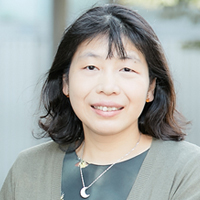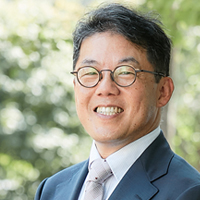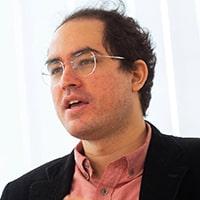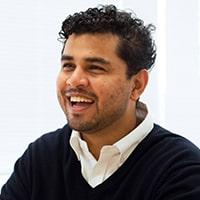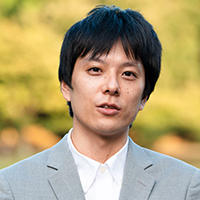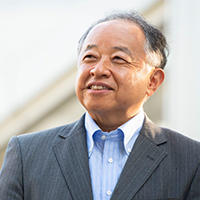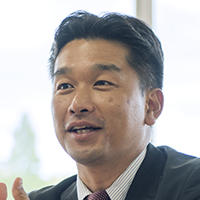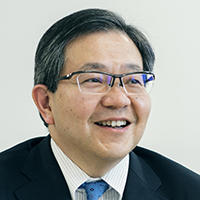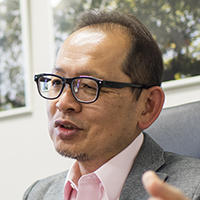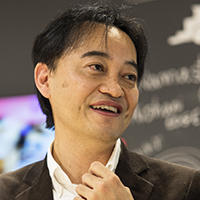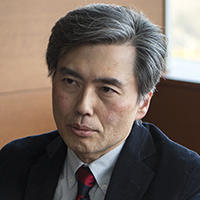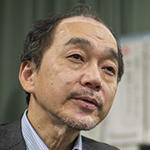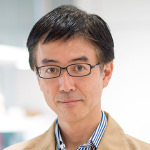SDM Voice | Prof. Takashi MAENO
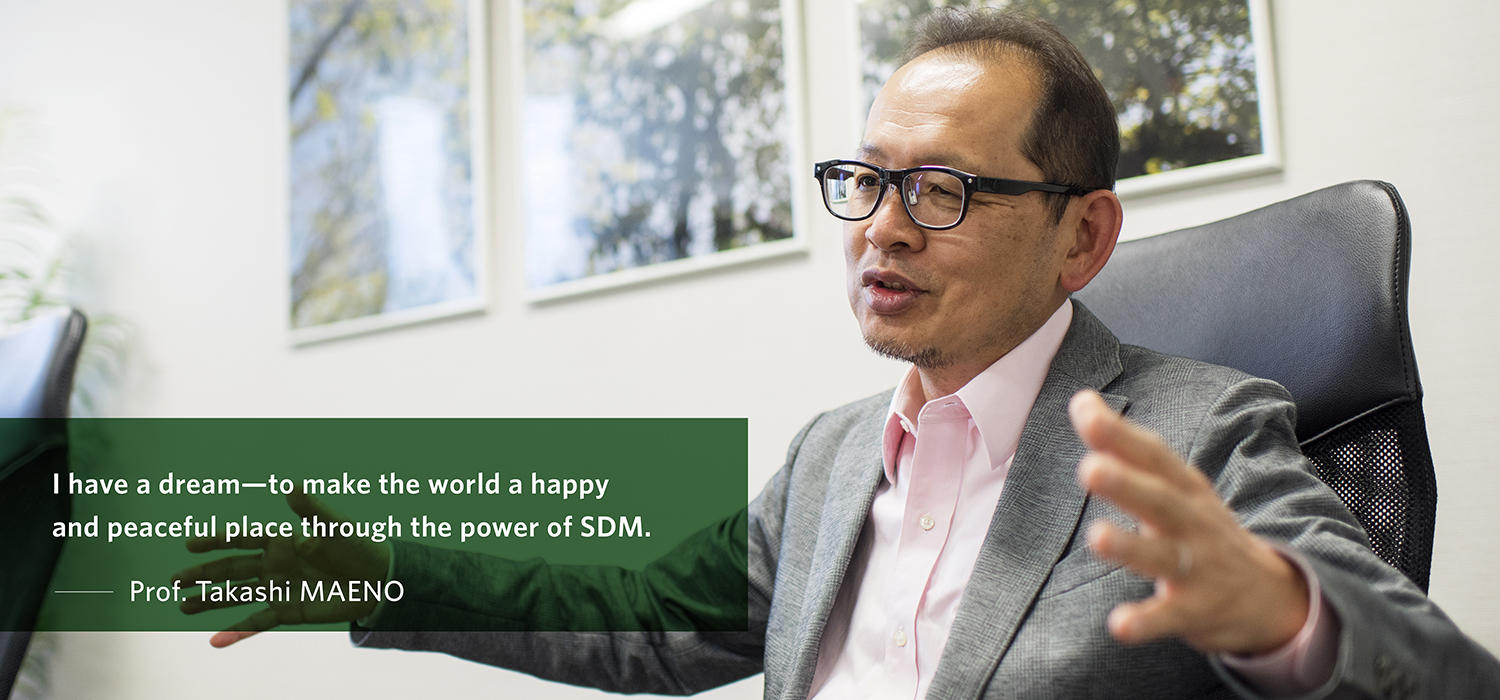
Professor Takashi Maeno is a leading expert on human well-being and the dean of the Graduate School of System Design and Management (SDM). We sat down with him to hear about the passion that drives him to work toward the ideal society he hopes to realize through SDM.
*Positions and titles are current as of the time of this interview (May 2017).Profile
Takashi Maeno
Professor, Graduate School of System Design and Management (SDM), Keio University
Prior to joining SDM, Prof. Takashi Maeno worked for Canon, Inc. and then the Keio University Faculty of Science and Technology. His fields of expertise are: social and communal human system design, education, local revitalization, farming, nonprofit organizations, human-machine interfaces, cognitive science, and philosophy. He is the author of over twenty books, including How to Build Your Brain to Think Critically (Shiko Noryoku no Tsukurikata) (Kadokawa Shoten) and Mechanism of Happiness (Kodansha).
Introducing SDM's Core Concepts to the World
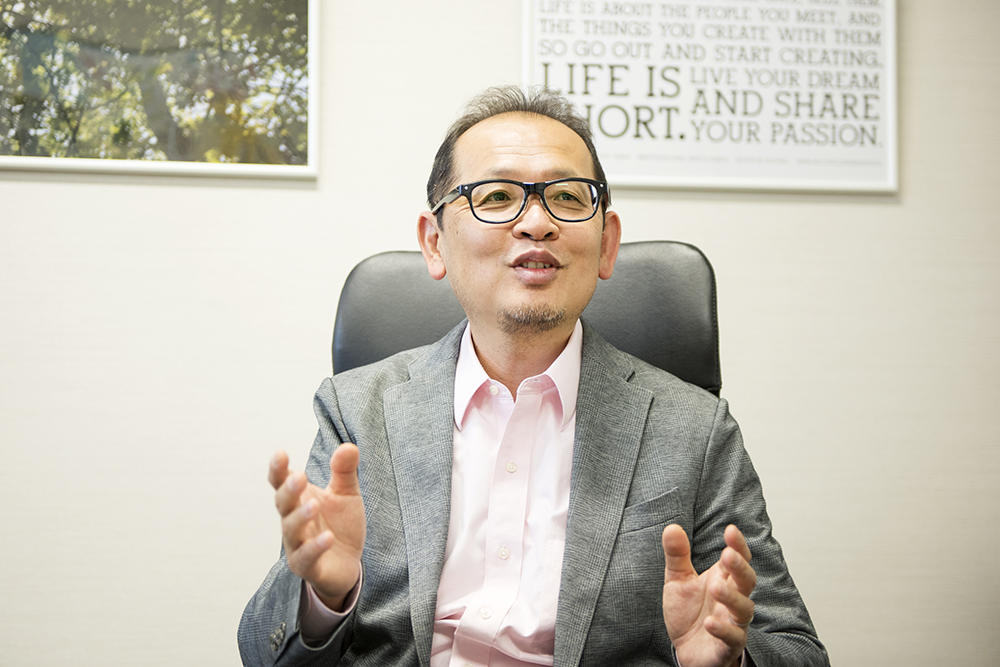
One of my main roles as dean at the Graduate School of System Design and Management (SDM) is to be a pioneering innovator who can clearly convey the concepts and impacts of system design and management. Here at SDM, we are in a constant state of transformation as we take on new and unprecedented challenges. My other role as dean is one of both leader and facilitator. And it's been a wonderful opportunity for me. It's given me a chance to think much more deeply about SDM than I ever did as part of the SDM faculty. I'm now confident in my ability to advocate strongly for the SDM concept of interpreting the whole as a system in order to effect positive change. I've come to truly understand the meaning of the phrase "work makes the man."
SDM celebrates its 10th anniversary in the 2017-2018 academic year. While the environment surrounding SDM has changed considerably over the last ten years, its concept remains firm. Since its founding, SDM has always been defined as "an academic and professional discipline for the creative design and reliable management of all systems that are large, complex and contain elements of uncertainty, from technology systems all the way to conceptual recommendations for social systems." I think this concept was quite advanced then, and it still is now. The concept's innovative nature remains relevant as ever, but I want to transform how it manifests to adapt to the issues of the day. I am confident that we can and will continue to be relevant, and in fact, I now realize that the school has grown over the past decade precisely because of our relevance. Naturally, there are also challenges that come with tackling new and emerging disciplines. Some people still mistake us here at SDM for Keio's Shonan Fujisawa Campus (SFC) due to the often obscure and enigmatic nature of our work. And the professors and students in these new fields all tend to want to branch out in different directions. As the person who holds the school together, it is my mission to strike a balance between maintaining our core concept and giving everyone the freedom to pursue what they want.
Building a Foundation on Well-Being and Innovation Education
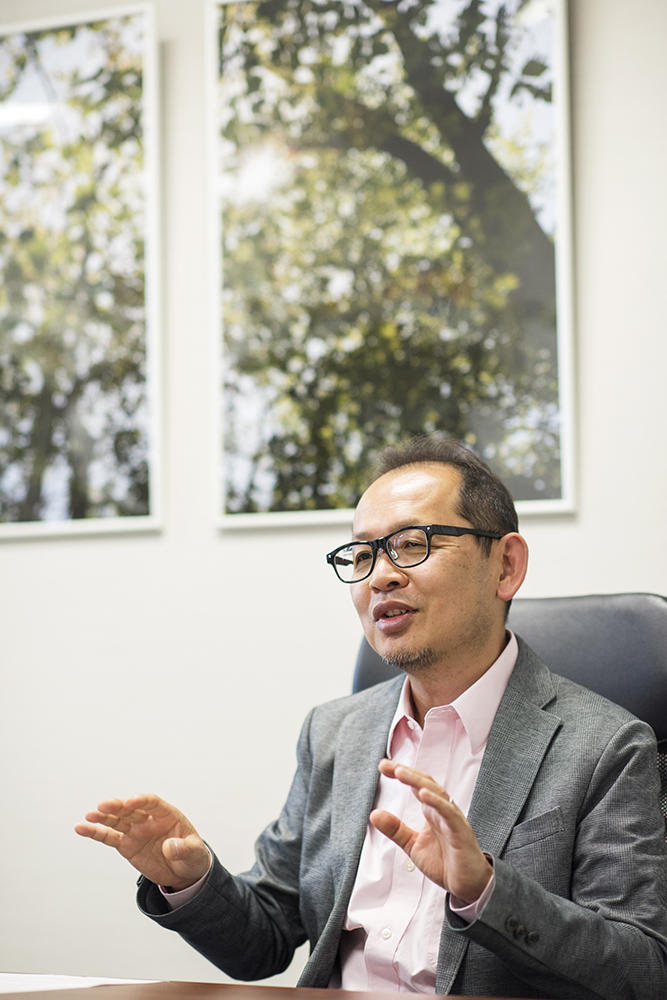 I had been researching robotics before coming to SDM, but over the last ten years my fields of expertise have expanded to include human well-being and innovation education. They've become the main focuses of my research, for which I'm now known as somewhat of a pioneer in Japan. Whether pursuing innovation or well-being, you need to take a holistic, transdisciplinary approach that is very much in line with the approach of SDM.
I had been researching robotics before coming to SDM, but over the last ten years my fields of expertise have expanded to include human well-being and innovation education. They've become the main focuses of my research, for which I'm now known as somewhat of a pioneer in Japan. Whether pursuing innovation or well-being, you need to take a holistic, transdisciplinary approach that is very much in line with the approach of SDM.
We are also adding a "Theory on Contemporary Happiness" course to the SDM curriculum starting this September. When we talk about happiness, many people tend to think of it in terms of a religion or cult, but really it is an academic discipline that explores what it means to be in a "good mental state." Put simply, the course considers well-being—the mental states of having motivation, relationships of trust, a sense of purpose, and being in situations where we feel happiness—and how all of this relates to innovation, management, and psychology. In addition to workshops that try to increase an individual's degree of happiness, we plan to invite guest speakers who are on the cutting edge of well-being research. I believe that all of the work and research that we do is connected to happiness, so I'd recommend this course to anyone who wants to be happier or who wants to create a happier world.
Spreading SDM To Eliminate Unnecessary Conflict
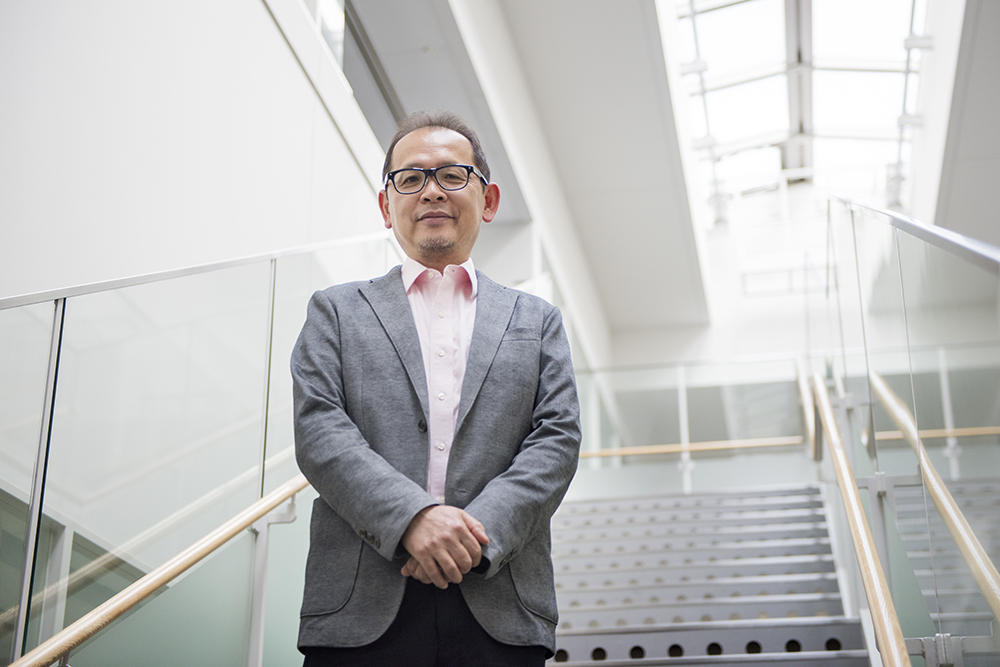
I have a goal, well, a dream—a big dream, actually: that people everywhere will make our world a happier and more peaceful one. Some people may feel that a world in which everyone is happy and peaceful is simply impossible, but if we treat this world as a system, the fundamental tasks at hand are very simple. If everyone trusts themselves and those around them, and if we help each other and offer our wisdom to one another, then we can spend our lives finding innovative solutions to important issues. That's it. And that is exactly what we do at SDM. That is why spreading the SDM method around the world can lead to a reduced number of conflicts. Much of SDM's current research is centered around solving a variety of more immediate problems than world peace and happiness, but I believe it is important to consider how current solutions can lead to an ideal future. My own life is of course limited, and I don't believe that I can accomplish everything on my own, but I would like people one hundred years from now to look back and say, "That's when people really decided to make a change." This may all sound conceptual, but my goals are very clear. In fact, their abstract nature is what allows me to apply them to any of the specific projects that I think I can and should be doing to help make a difference.
To achieve world peace and happiness, it would be ideal if around half of humanity were familiar with system design and management. But as we are still far from that goal, I want to invite those with similar desires—those who want to build a future rich in diversity—to come learn, practice, and spread the ideas of SDM.
To me, SDM is really HDM: Happiness Design and Management. Its ultimate goal is to provide our entire system—that is, the world—with what humanity needs. To that respect, I think SDM and HDM are actually synonymous. I mark this milestone, a decade since SDM's founding, with renewed conviction. I would like to further incorporate the issues that surround unaddressed social systems and well-being, or what I call happiness, into our education. Only then can we make the reforms necessary to address the needs of society.

